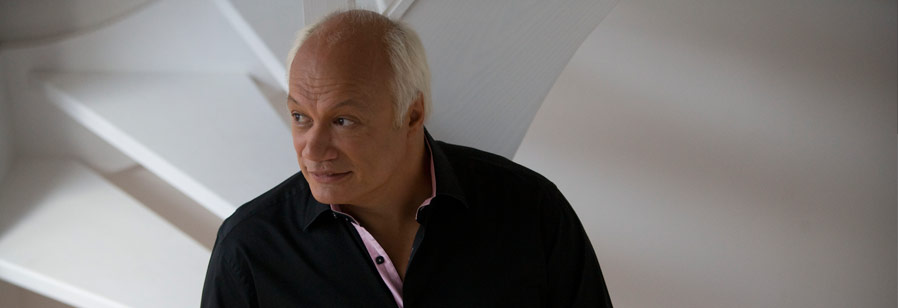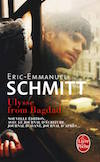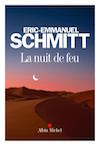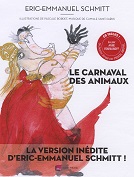Masterclass
Trailers
Monsieur Ibrahim et les Fleurs du Coran
x (x)
x (x)
x (x)
x (x)
x (x)
x (x)
View all trailers
Livre de Poche – Ulysses from Baghdad
New edition of the novel Ulysses from Baghdad published by Livre de Poche editions with an introduction, foreword and afterword by the author.
La Nuit de Feu
At the bookshops from 3 September 2015
Audio-book read by the author at a bookshop on 2 December 2015.
Carnival of the Animals
Camille Saint-Saëns’ masterpiece as conceived by Eric-Emmanuel Schmitt.
The book you are about to read naturally has a tale to tell, but it is a tale which, rather than accompanying the music, will open your ears the better to hear it.
Music doesn’t describe the world like a painting, a photo or the cinema: it has its own life and unique charm. But sometimes, it likes to reproduce elements from nature – a donkey braying, a cock crowing, or a cuckoo’s call. It suggests shapes, movement and colours, whimsically turning melodies we’ve heard before into turtles, elephants or dinosaurs.
Camille Saint-Saëns’ masterpiece as conceived by Eric-Emmanuel Schmitt.
Illustrated with over 40 original watercolours by Pascale Bordet.
Narrated by Anne Roumanoff with music by Camille Saint-Saëns performed by the chamber orchestra directed by Pascal Amoyel.



